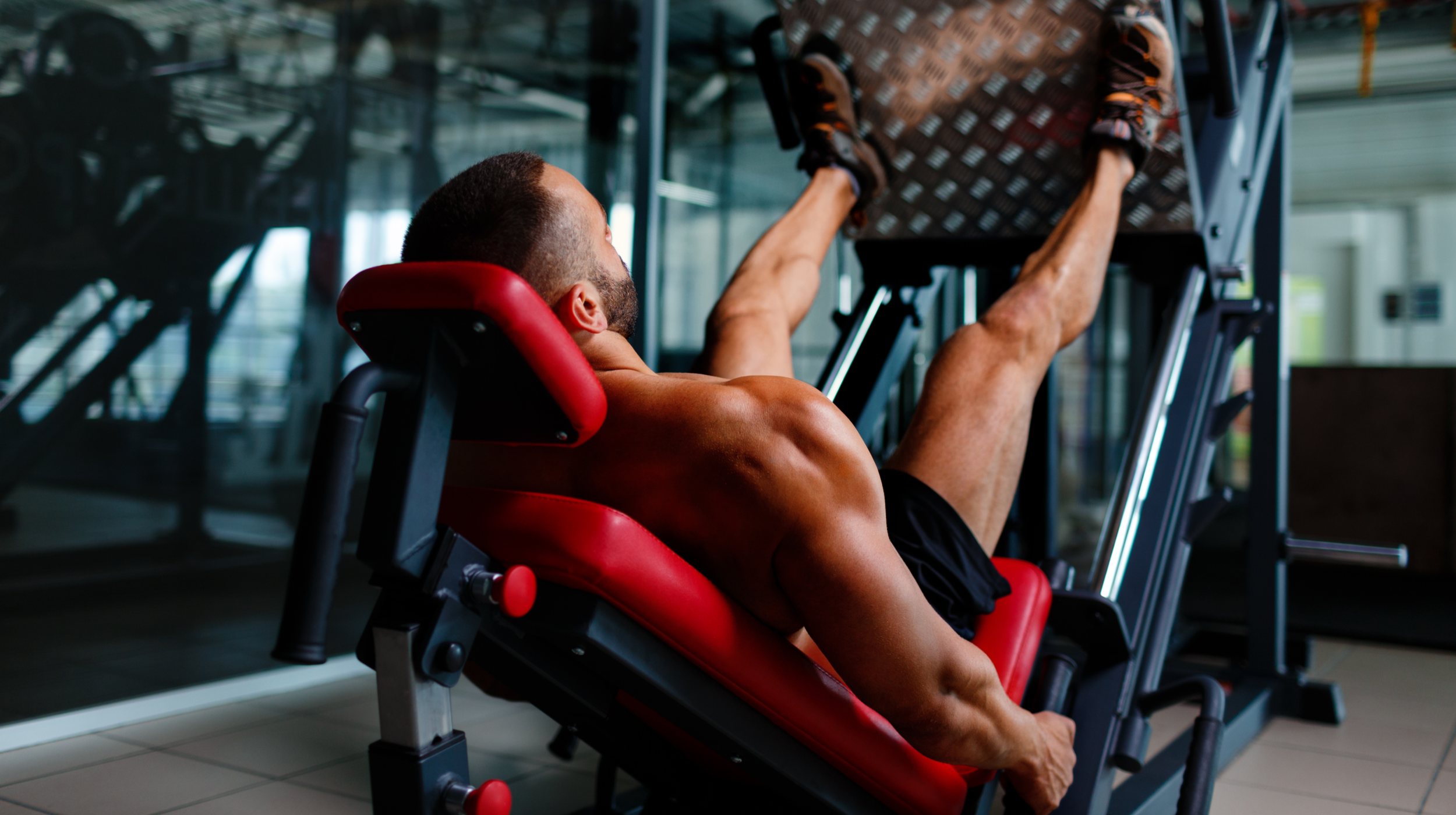What are the Best Leg Workouts?
Jul 30, 2021 mindpumpBefore getting into the specifics of what makes a great leg workout, I’d like to mention that your best bet overall in a workout program is to do either a full body routine 2-3 times a week, or some sort of push/pull or upper/lower body routine. It is an outdated notion to do workouts by muscle groups. While this is a valid way to workout, it may not be the BEST way to workout for a natural lifter.
Doing your entire week of leg volume condensed into one workout, is a lot of volume for legs. The research shows we only need 8-10 sets of a given muscle group per week. The research also shows it takes about 3-8 sets (maybe up to 10), to fully stimulate a given muscle in one session. Doing any more doesn’t cause better muscle growth. Finally, it’s also been proven that maximizing the muscle building signal, at least for a natural lifter, will go down after 48-72 hours. Why is this important? If we know these above rules, then we know splitting up your volume over 2 or 3 sessions will get you the same, if not better results than trying to do it all in one day.
Also keep in mind your fatigue. If we had 10 total sets for legs per week, and the ideal way to stimulate growth is progression over time (whether that’s increasing weight or reps), do we think we’d be able to do more weight on each exercise if we crammed them all into one day? Or would we come fresher into an exercise if we split it into two days? Chances are you’d be able to use heavier weights splitting up as you won’t be as fatigued.
Exercise Selection
Most exercises break down into compound and isolated exercises. Compounds should make up the bulk of your workout. They stimulate the most muscles and tax the nervous system the most. They also allow you to use a broader range of muscles to build overall strength. A squat will hit your hamstrings, glutes, low back, and quads whereas a leg extension is only quads. You get more bang for your buck.
Compound Quad Exercises: Barbell Squat, Front Squat, Zercher Squat, Leg Press,
Compound Hamstring Exercises: Deadlift, Romanian Deadlift, Stiff Leg Deadlift, Good Mornings
For isolation exercises, they usually target specific muscle groups (in this case just the quads), rather than a whole bunch of secondary muscles. They’re recommended to do after the compound ones, as the risk of injury is lower. The reason being these are usually done on machines, don’t tax as many muscles, don’t require as much stability, and don’t usually ramp up in nearly as much weight as a compound one would. You can also generally tend to do higher reps with these to get more volume in, although that isn’t a must.
Isolation Quad Exercises: leg extensions, step ups, lunges, sissy squats, etc.
Isolation Hamstring Exercises: lying leg curl, seated leg curl, single leg leg curl, SLRDL, etc.
Isolation Glute Exercises: hip thrusts, hip bridges, single leg hip bridges, kickbacks, pull throughs, etc.
It’s best to choose ⅔’s of your leg routine from the compound list, and then the remainder from the isolation. Think of the isolation exercises as a bonus way to add volume to make sure you’re maximally stimulating all the muscles of the legs. It is a large list as you can see.
Try This:
Frequency: 2-3 days a week
Reps: Rotate through all ranges for maximum efficiency.
Weeks 1-4 – 8-10
Weeks 5-8 – 10-12
Weeks 9-12 – 12-15
Advanced Suggestions
Feel free as you get more experienced, and find weaknesses, to target certain areas. Keep in mind, this is for advanced lifters who have gotten to learn their body well after at least 5+ years of training. For example, I may find I have trouble feeling a burn in my glutes. Instead of just starting with squats, I may try to prime the movement by doing glute bridges for 10-15 reps beforehand and pre fatigue the muscle. This is a good tool to use for areas that you may be lacking a strong mind muscle connection with.







